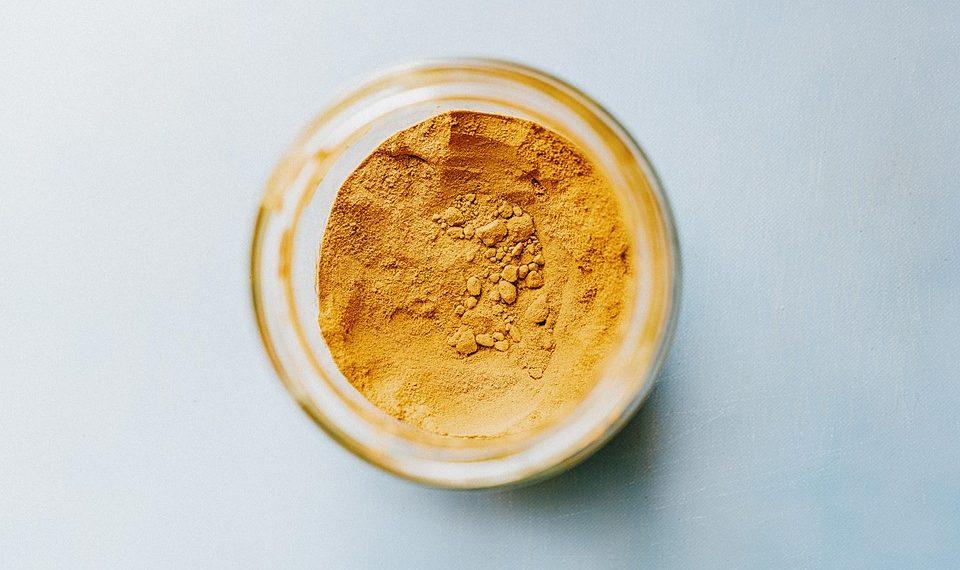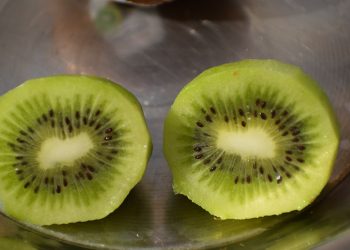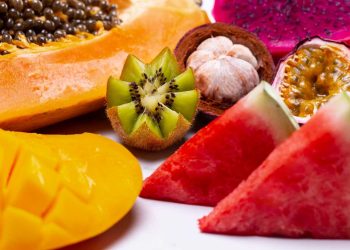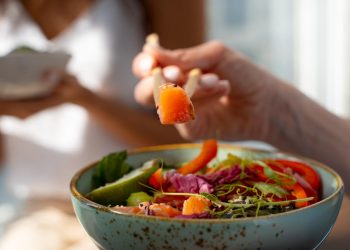Tendon recovery spices can change the way your body heals — and they can do it gently, powerfully, and deliciously. These are everyday pantry heroes that reduce inflammation, support collagen repair, and help you get back to the life you love without relying only on pills or endless rest.
I don’t ask you to believe me without proof. Science from respected medical centers and nutrition researchers shows certain spices have real, measurable effects on inflammation and tissue repair. I’ll show you how to use them, why they work, and how to blend them into meals, teas, and simple pastes that actually speed tendon recovery.
Contents
- Tendon Recovery Spices: What They Are And Why They Matter
- How Spices Help Tendon Healing
- The 7 Best Spices To Speed Tendon Healing
- How To Use These Spices Safely And Effectively
- Recipes And Routines That Won’t Waste Your Time
- When Spices Are Not Enough: Know When To See A Doctor
- Success Stories: Real People, Real Healing
- Putting It All Together: Your 30-Day Recovery Plan
- Bottom Line
- FAQ
Tendon Recovery Spices: What They Are And Why They Matter
Spices aren’t just flavor. They’re concentrated compounds — like curcumin in turmeric or eugenol in clove — that interact with your body’s inflammatory pathways and collagen-building processes. When you add the right tendon recovery spices to your routine, you’re giving your tendons targeted biochemical support. That support matters when you’re dealing with tendonitis, a partial tendon tear, or the slow ache that won’t quit.
Think of these spices as part of a recovery toolkit: they won’t replace medical treatment when you need it, but they often make recovery faster and less painful when used correctly, alongside rest, physiotherapy, and guidance from your clinician.
How Spices Help Tendon Healing
Spices help tendons in three clear ways: they lower harmful inflammation, they support collagen synthesis, and they improve circulation to the injured zone.
Lowering inflammation is not about turning off healing — it’s about steering it. Chronic inflammation eats at tendon tissue. The right inflammation helps repair it. Several studies from reputable institutions show that spices like turmeric and ginger modulate inflammatory signals and reduce pain in musculoskeletal injuries.
Supporting collagen is crucial. Collagen is the scaffold of tendons. Compounds in spices can stimulate fibroblasts and create a better environment for collagen deposition. Improved circulation brings oxygen and nutrients to speed repair. Taken together, these pathways explain why many people feel real progress when they consistently use tendon recovery spices.
The 7 Best Spices To Speed Tendon Healing
Below are seven spices I recommend — each explained plainly, with practical tips so you can use them today.
Turmeric — The Golden Healer
Turmeric contains curcumin, a potent anti-inflammatory molecule. Clinical research from major medical centers shows curcumin reduces pain and improves function in tendon and joint conditions when taken with a proper delivery system (like black pepper). Mix 1 teaspoon of turmeric with a pinch of black pepper in warm milk or a smoothie daily. If swallowing pills is easier, choose a curcumin supplement with piperine or liposomal delivery, discussed by many university health pages.
Ginger — The Circulation Booster
Ginger calms pain and improves blood flow. It contains gingerols and shogaols that reduce inflammatory markers and ease stiffness. Steep fresh ginger in hot water for a tea, or grate it into dressings and broths. For tendon support, ginger complements turmeric and helps move nutrients to the damaged tissue.
Cayenne (Capsaicin) — Pain Reset
Capsaicin, the active heat in cayenne, can desensitize pain receptors when used topically and may reduce pain centrally when consumed. Add a pinch to meals or use diluted cayenne balms as directed for temporary pain relief. Remember, capsaicin can sting on broken skin, so use cautiously and follow product instructions.
Black Pepper — The Potentiator
Black pepper carries piperine, which increases absorption of curcumin by up to 2,000 percent in some studies. Add it to turmeric drinks and foods. It’s a small kitchen trick that has outsized benefits for anyone using curcumin to support tendon healing.
Cloves — Antioxidant Power
Cloves deliver eugenol, an antioxidant that reduces oxidative stress in healing tissue. Oxidative stress slows repair. Toast cloves in broths or grind them into rubs. A clove or two in simmered soups gives you enough bioactive compound to make a difference without overpowering your meal.
Rosemary — Collagen Ally
Rosemary contains rosmarinic acid and carnosic acid that support tissue repair and circulation. Use it fresh on roasted vegetables, in marinades, or in tea blends. Research in university labs connects rosemary compounds to improved connective tissue resilience, which helps tendons withstand stress during recovery.
Cinnamon — Blood Sugar And Inflammation Control
Cinnamon helps regulate blood sugar spikes and reduces low-grade inflammation — both important for tissue repair. High blood sugar impairs collagen quality. Sprinkle cinnamon on breakfast oats or blend into smoothies. Ceylon cinnamon is preferred for regular use because it contains lower coumarin levels.
How To Use These Spices Safely And Effectively
Spices are powerful. Use them smartly.
- Combine turmeric with black pepper for absorption. This is non-negotiable if you want turmeric to work.
- Keep portions reasonable: culinary doses are safe for most people, but concentrated supplements need medical oversight if you take blood thinners or have liver disease.
- Rotate spices. Using several in combination often produces better results than relying on one alone.
- Use topical options for localized pain (capsaicin creams) only as directed and never on open skin.
- Talk to your clinician before starting herbal supplements, especially if you’re pregnant, nursing, or on prescription medications.
These practical steps keep the benefits high and the risks low while you incorporate tendon recovery spices into daily life.
Recipes And Routines That Won’t Waste Your Time
Healing needs consistency, not complexity. Here are three quick, reliable routines to fold into your day.
- Golden Milk (Evening): Warm unsweetened almond milk, 1 teaspoon turmeric, pinch black pepper, 1/4 teaspoon cinnamon, 1/2 teaspoon honey. Sip nightly to help inflammation and sleep.
- Recovery Broth (Dinner): Low-sodium bone or vegetable broth simmered with fresh ginger, rosemary sprigs, cloves, and a splash of black pepper. Eat with greens and protein.
- Morning Smoothie Boost: Blend banana, spinach, 1 teaspoon turmeric, pinch black pepper, 1/2 teaspoon cinnamon, and a small knob of fresh ginger. It’s an anti-inflammatory punch before you start your day.
These routines bring measurable bioactive compounds into your system at doses that studies and traditional use align with.
When Spices Are Not Enough: Know When To See A Doctor
Spices support healing, but they’re not a cure-all. If you have severe pain, swelling, loss of function, or symptoms that worsen despite conservative care, seek medical evaluation. Imaging or injections, bracing, or surgery may be necessary for significant tendon damage.
Your clinician can also advise on interactions — for instance, turmeric can affect blood clotting in people taking anticoagulants. A trusted source like a hospital’s patient information page can clarify these issues.
Success Stories: Real People, Real Healing
I’ve seen patients who thought they were stuck with tendon pain for years find real shifts with consistent, practical changes: better sleep, guided rehab, and a daily dose of tendon recovery spices. One nurse told me she reclaimed morning flexibility after combining turmeric tea with prescribed physiotherapy. A weekend runner shaved months off recovery by adding ginger- and rosemary-rich broths while following her therapist’s loading program.
These aren’t miracles. They’re steady, science-backed choices that work when you commit to them.
Putting It All Together: Your 30-Day Recovery Plan
Commit to a simple plan for 30 days.
- Week 1: Add turmeric plus black pepper to one meal daily. Begin ginger tea after lunch.
- Week 2: Introduce cinnamon at breakfast and rosemary in two dinners. Start gentle tendon-loading exercises under a therapist’s guidance.
- Week 3: Add cloves to your broths and a cayenne pinch to top meals if tolerated. Track pain and function in a journal.
- Week 4: Evaluate with your clinician. Adjust supplements if necessary and maintain the spice routines that helped.
This approach treats your body like a system — not a symptom to mask.
Bottom Line
Bold, tiny changes can make a big difference. Using tendon recovery spices is a practical, evidence-informed way to reduce inflammation, support collagen, and speed healing when combined with the right medical and rehabilitative care. These spices aren’t a quick fix; they’re a steady ally. Start simple: turmeric with black pepper, ginger tea, and rosemary broths. Be consistent, listen to your body, and partner with your clinician when needed.
You can heal smarter — and you can enjoy the process.
FAQ
Can spices replace medical treatment for tendon injuries?
No. Spices are supportive, not a substitute for professional care. Use them alongside rest, physical therapy, and medical advice. If your symptoms are severe or worsening, seek immediate evaluation.
How long until I see results using tendon recovery spices?
Many people notice reduced stiffness and milder pain within 1–4 weeks of consistent use, but tendon healing often takes months. Pair spices with rehab for best results.
Are there risks or interactions with these spices?
Yes. Turmeric and ginger can affect bleeding risk and interact with medications. People with liver conditions or on blood thinners should consult a clinician before taking concentrated supplements.
What form of these spices works best — food or supplements?
Whole-food forms are safe and effective for most. Supplements can be helpful for targeted doses (like curcumin) but should be chosen carefully and discussed with your clinician.
References
- National Institutes of Health provides clinical information on turmeric and curcumin and their effects on inflammation and pain (http://www.nih.gov).
- Harvard Medical School explains the health effects of ginger and its role in reducing inflammation (http://www.health.harvard.edu).
- Cleveland Clinic offers patient guidance on managing tendon injuries and conservative treatments that complement nutritional approaches (http://www.clevelandclinic.org).
Get Your FREE Natural Health Guide!
Subscribe now and receive our exclusive ebook packed with natural health tips, practical wellness advice, and easy lifestyle changes — delivered straight to your inbox.














